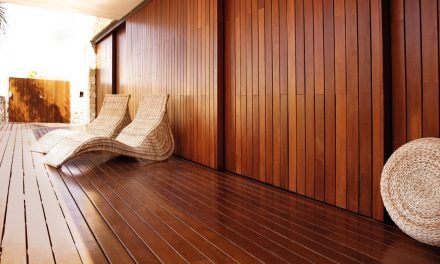Although I wasn’t sitting here 30 years ago, I hope to be around in this business for a while longer before I succumb to retirement and find myself at the helm of my boat, meandering around the Whitsunday Islands.
Ten years ago, on the occasion of TimberTrader News’ 20th anniversary, I lamented the fact that mobile phones were the size of bricks when I started in this industry, way back in 1989, and that it would be the unrelenting and rapid advance of technology that would be the way of the future.
Well, I feel vindicated in this observation, as these days the most important on-site tool is probably an iPad, iPhone or similar Android device. However, never would I have envisaged timber truss and frame fabricators in a position to run their plants whilst on a job site, on holidays, or on the move via their laptops. This is due mainly to the creation of sophisticated computer programs like MiTek’s very own SAPPHIRE (TM) Management and OptiFlow Scheduler.
Software such as this has been in development over the past few years and has now come to fruition, enabling management to handle workflows from the initial enquiry, right through to estimating, detailing, production, delivery, and – of course – invoicing, and all in real time.
Thirty years ago it would have been hard to imagine that this type of ‘remote control’ would be available. However, programs like these don’t just happen, they take years of dedicated research and a huge financial commitment.
The investment MiTek has made in software development, over the last decade in particular, has been nothing short of spectacular. However, it’s been the global collaboration that has been most impressive. MiTek Australia staff (and indeed, some of our customers) have played a major role in the creation of SAPPHIRE – the world’s most powerful timber prefabrication software.
Advances haven’t always been exclusively within the domain of software development. The technology found in today’s prefabrication plant’s machinery has changed dramatically as well.
Computerised saws, sophisticated handling systems, laser technology, and quicker jigging and pressing platforms are all contributing to more efficient and productive plant operations.
The task ahead for MiTek is to continue to help truss and frame fabricators meet the growing demands, the timber engineering challenges of the future, and improve output. We will continue to invest heavily in research and development, and look for smarter and safer ways to help our fabricators improve their competitive edge and increase their profitability.
The building environment in Australia has certainly changed over the last decade. Ten years ago housing prices in the USA peaked, and a year later the bubble burst. Even though we are on the other side of the globe, we weren’t immune from the ripple effect, both in terms of the direct impact on our economy and how it resulted in a steady decline in housing starts in the years to follow.
In some ways this was good for our industry as it prompted fabricators to review their operations and improve the way they do business, both in terms of management and production. Since then, the Australian housing market has accelerated to the point where we experienced an all-time record in housing starts in the 2014 calendar year (as high as 194,000), and the buoyant conditions are continuing into 2015.
One aspect of the recent growth has been a shift towards multi-residential buildings rather than detached homes. Although this is a disadvantage for the truss and frame industry, the high demand for detached houses still represents a great opportunity, particularly for those customers who have invested in improving their productivity and capacity to satisfy the growing demand.
Although the housing market will continue to be cyclical, I think the licensed MiTek fabrication plant of today is in a position to have a far more sustainable business model, and this is as a result of all the tools and technology that are now available to them.
Who knows what the next 30 years might bring, if the last three decades are anything to go by. Ten years ago, I lamented the fact that mobile phones were the size of bricks and that it would be the rapid advance of technology that would be the way of the future.








